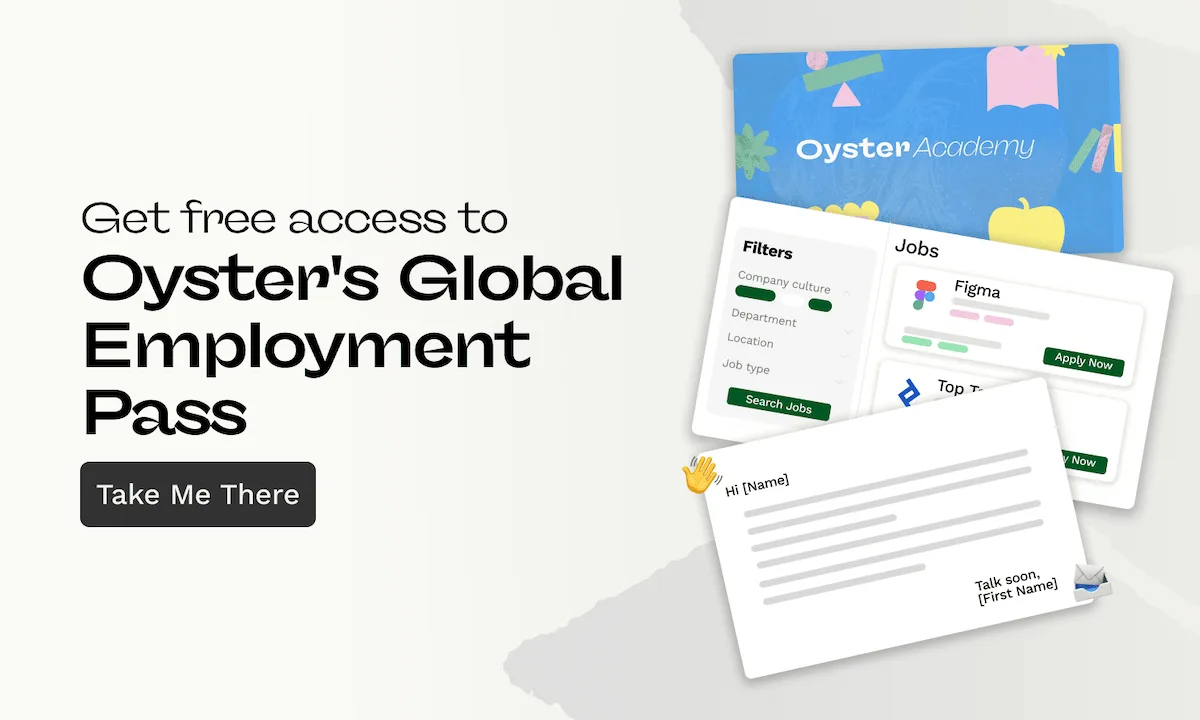Working remotely is more common today than ever before. The 2021 American Community Survey (ACS) shows that between 2019 and 2021, the at-home workforce tripled from about 9 million people to over 27 million people—and that number is expected to keep growing.
Succeeding as a remote worker is all about developing an efficient and comfortable process, which means you need the right equipment. Fortunately, once you have the right setup, you’ll find it easier to maintain a high level of performance each day.
What equipment do I need to work remotely from home?
While there is likely to be some variation between employers and roles, there’s some basic equipment that every remote worker needs:
- Computer
- Keyboard
- Mouse
- Printer
- Docking station or USB hub
- Software required to do your job
- Desk
- Ergonomic chair
- Desk lamp
- Webcam
Many of these items work best in a traditional home office setting, but some are flexible. If you’re planning to be mobile while working remotely, a laptop computer will be more useful than a desktop computer. If a laptop is company-standard equipment, an external mouse and keyboard might be matters of preference.
Some equipment, like a standard computer and software access, may be provided by the employer. For other items, ask if there are any stipends or reimbursements available for work-related purchases. The company might even have some recommendations for products remote employees frequently use.
Helpful apps to utilize when working from home
Being equipped to work efficiently isn’t just about the hardware. There’s no shortage of apps and software that can also help keep you on task.
1. Focus apps
Working remotely will test your ability to focus. There are distractions everywhere, so consider using a focus app to stay on track throughout the workday. Look for browser extensions that temporarily block websites that might cause distractions and timer apps that help you create defined periods of productivity and schedule short breaks.
2. Team chat apps
It’s likely that your employer has a preferred method of communicating with you, such as Slack or Microsoft Teams. These platforms allow you to communicate with team members both asynchronously and synchronously. Use them to share links and files, create group conversations for specific accounts and projects, and get to know your coworkers personally.
3. Video conferencing apps
Chats and email are useful, but they don’t replace face-to-face meetings with coworkers and clients. Scheduling video conferences lets you communicate with others in a more personal manner than messaging alone. You can also record meetings so people who are unable to attend stay current with the conversation and benefit from presentations and learning opportunities.
4. To-do list apps
Time management is critical to successful remote work. A to-do list app will keep you on track from the moment you start work until the end of the day. These apps range from simple lists to boards with cards and statuses you can update as you complete tasks and hand projects off to the next person.
5. Note-taking apps
You never know when a creative idea or important question will strike. It’s all too easy to forget a few minutes later or lose a piece of paper. A note-taking app on your computer or smartphone makes it easy to jot down ideas and sync between devices.
Start with the basics
You don’t have to go all out and use every single tool on the market. It’s okay to start with the basics, such as a computer and a handful of basic apps, as you develop a workflow. This allows you to better understand what you need and what you can do without. As you evaluate your needs and think about what to add or drop, ask yourself a few questions:
- What type of remote work equipment do I use most often?
- What type of equipment is cluttering my workspace?
- What type of equipment can help improve efficiency, time management, and performance?
- What’s the best way to secure the equipment and apps I need to succeed?
Look to your team and manager for support and recommendations, especially if you’re settling into a new role as part of your remote work experience.

About Oyster
Oyster is a global employment platform designed to enable visionary HR leaders to find, engage, pay, manage, develop, and take care of a thriving distributed workforce. Oyster lets growing companies give valued international team members the experience they deserve, without the usual headaches and expense.
Oyster enables hiring anywhere in the world—with reliable, compliant payroll, and great local benefits and perks.





.avif)






